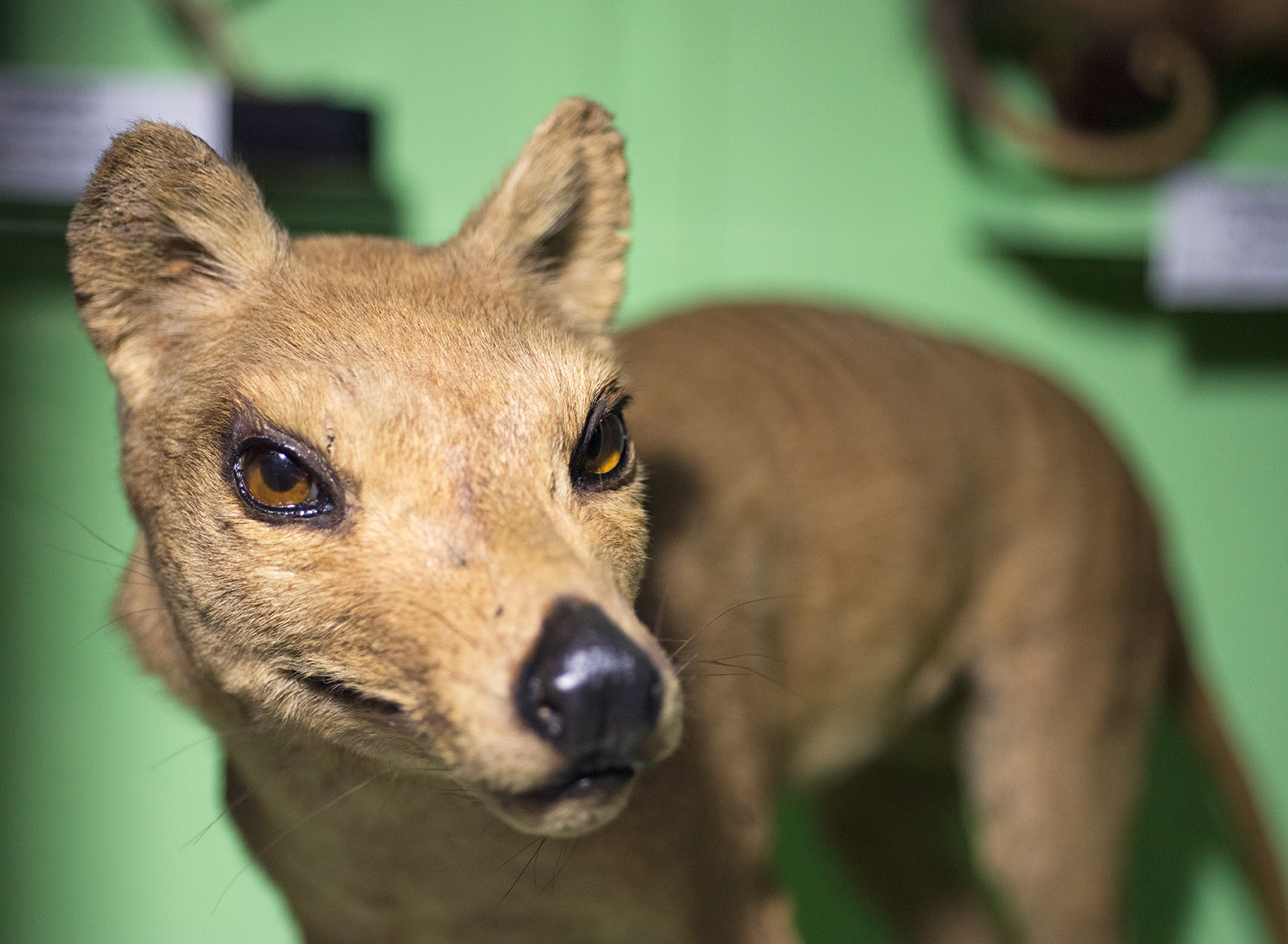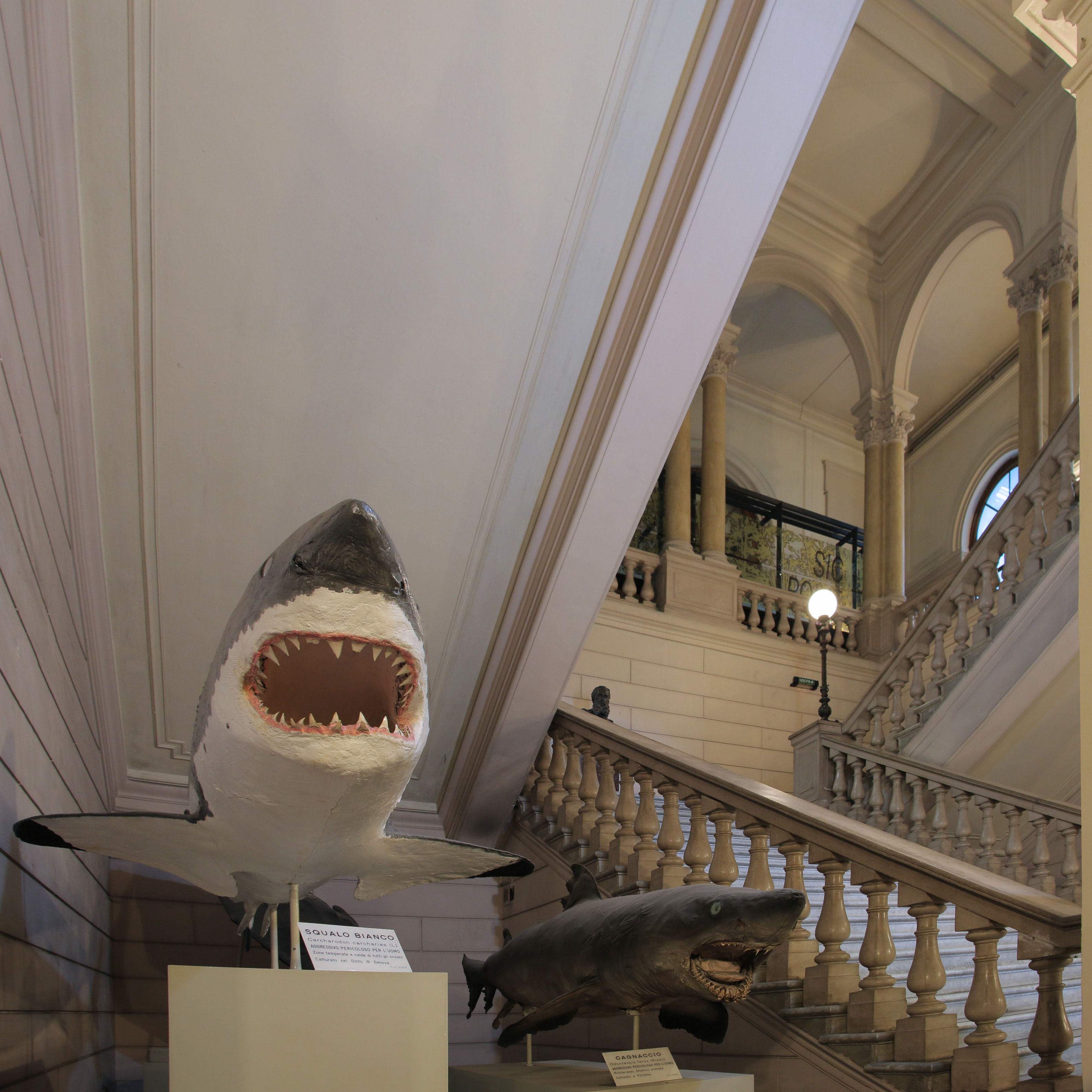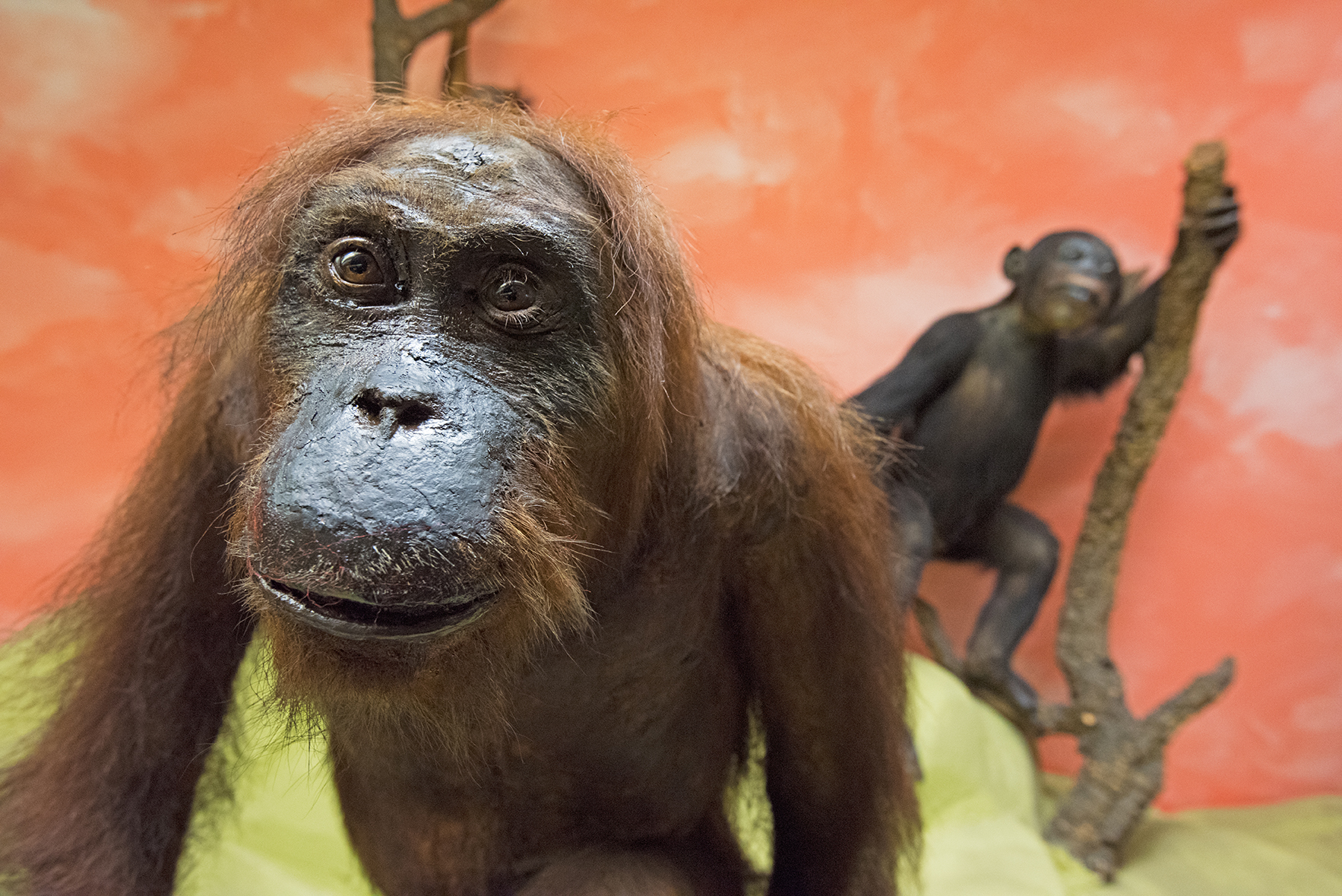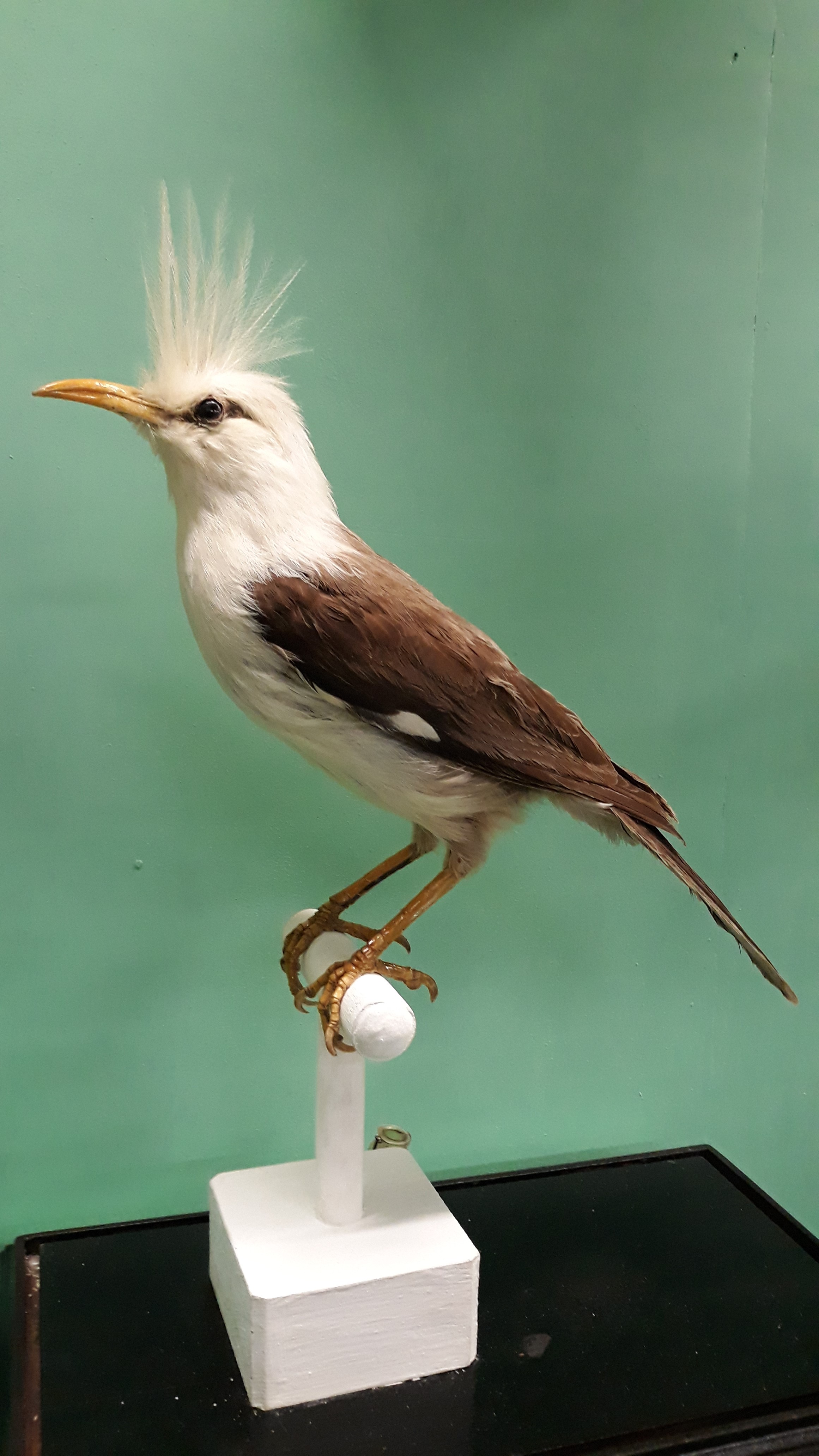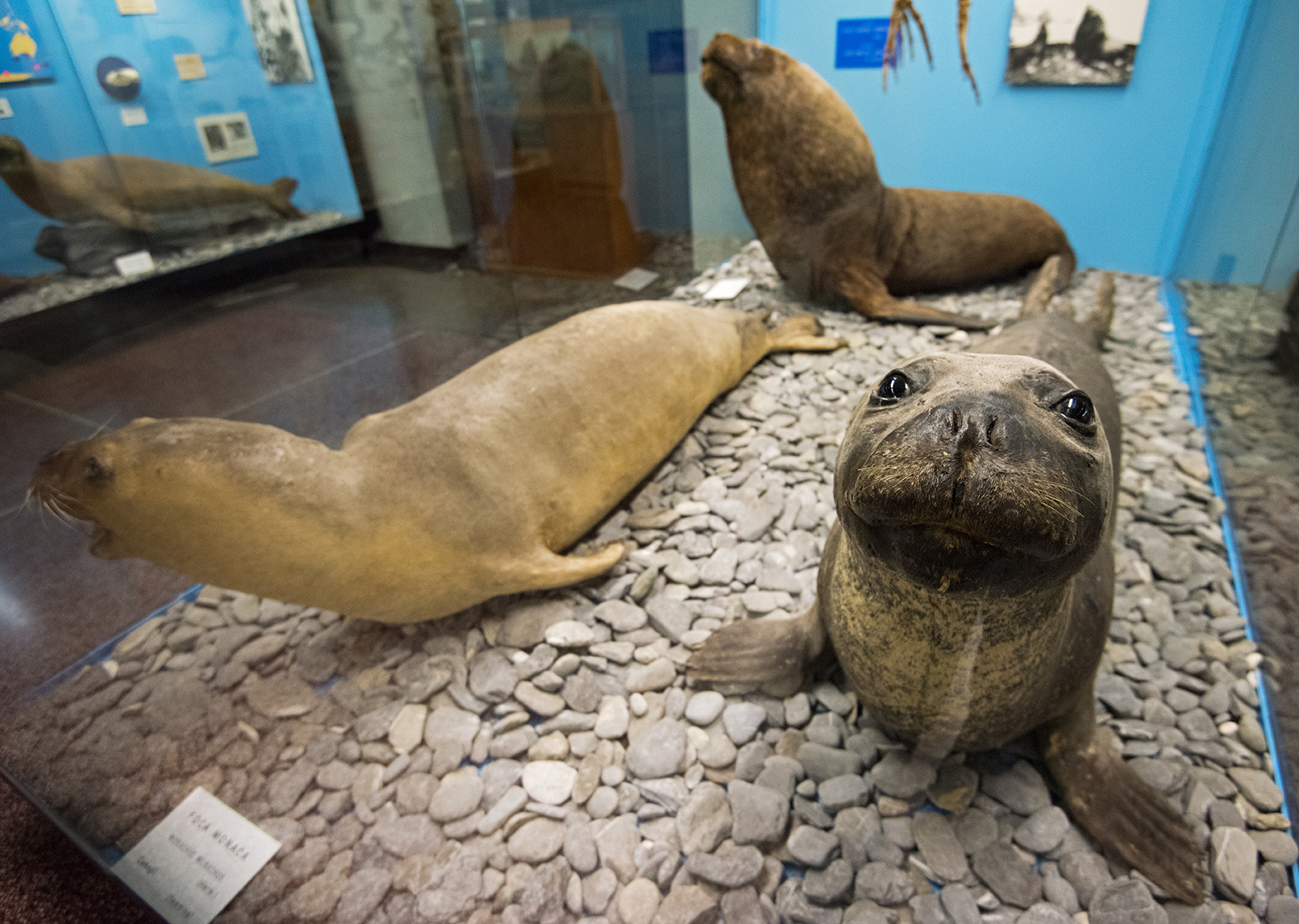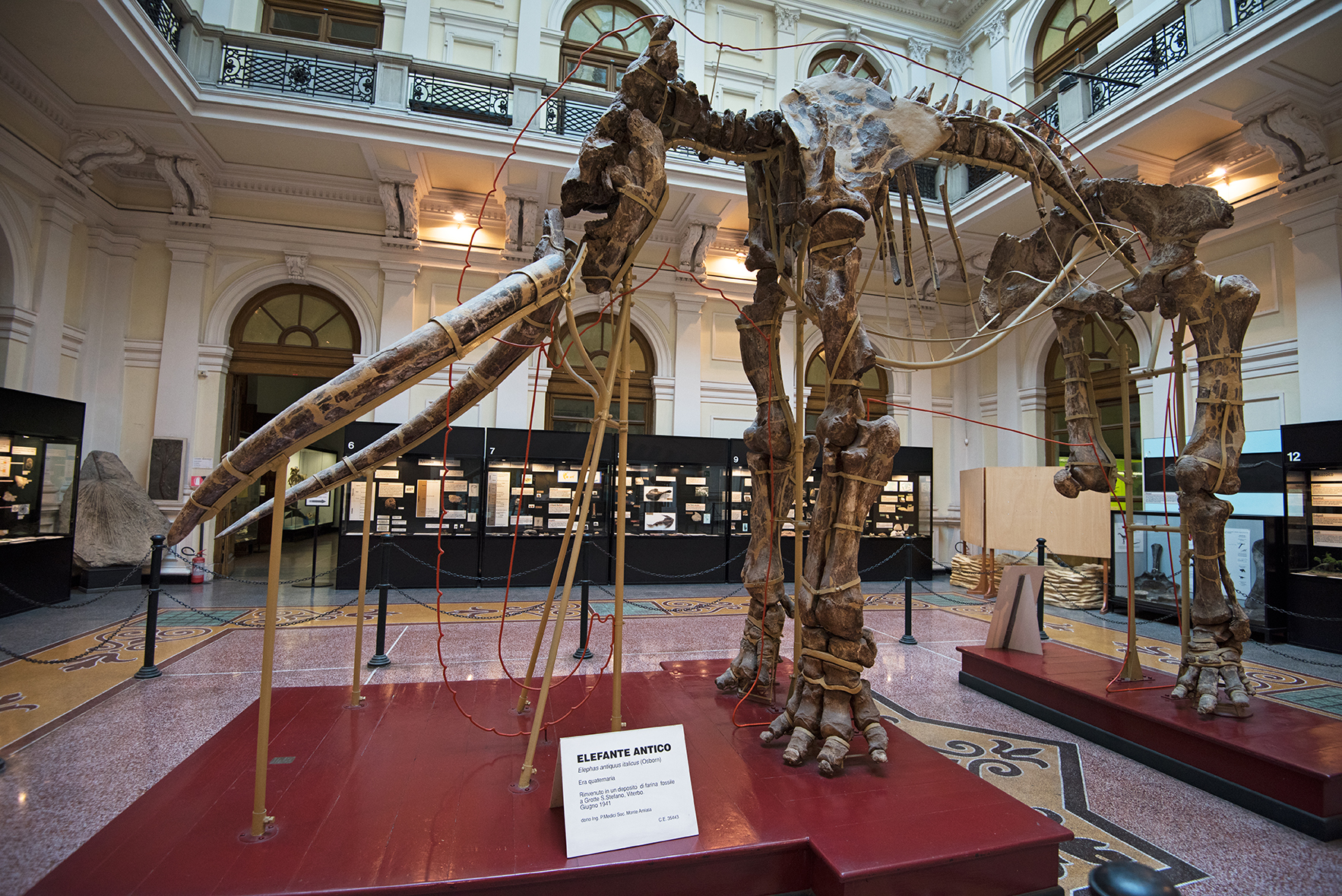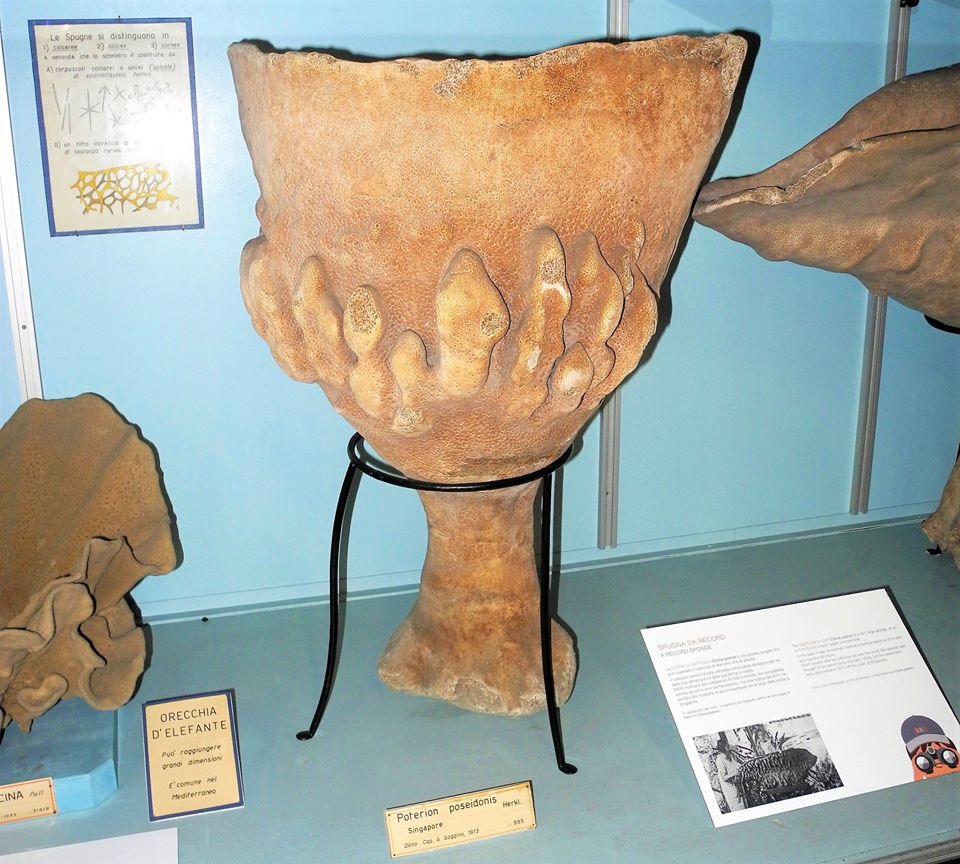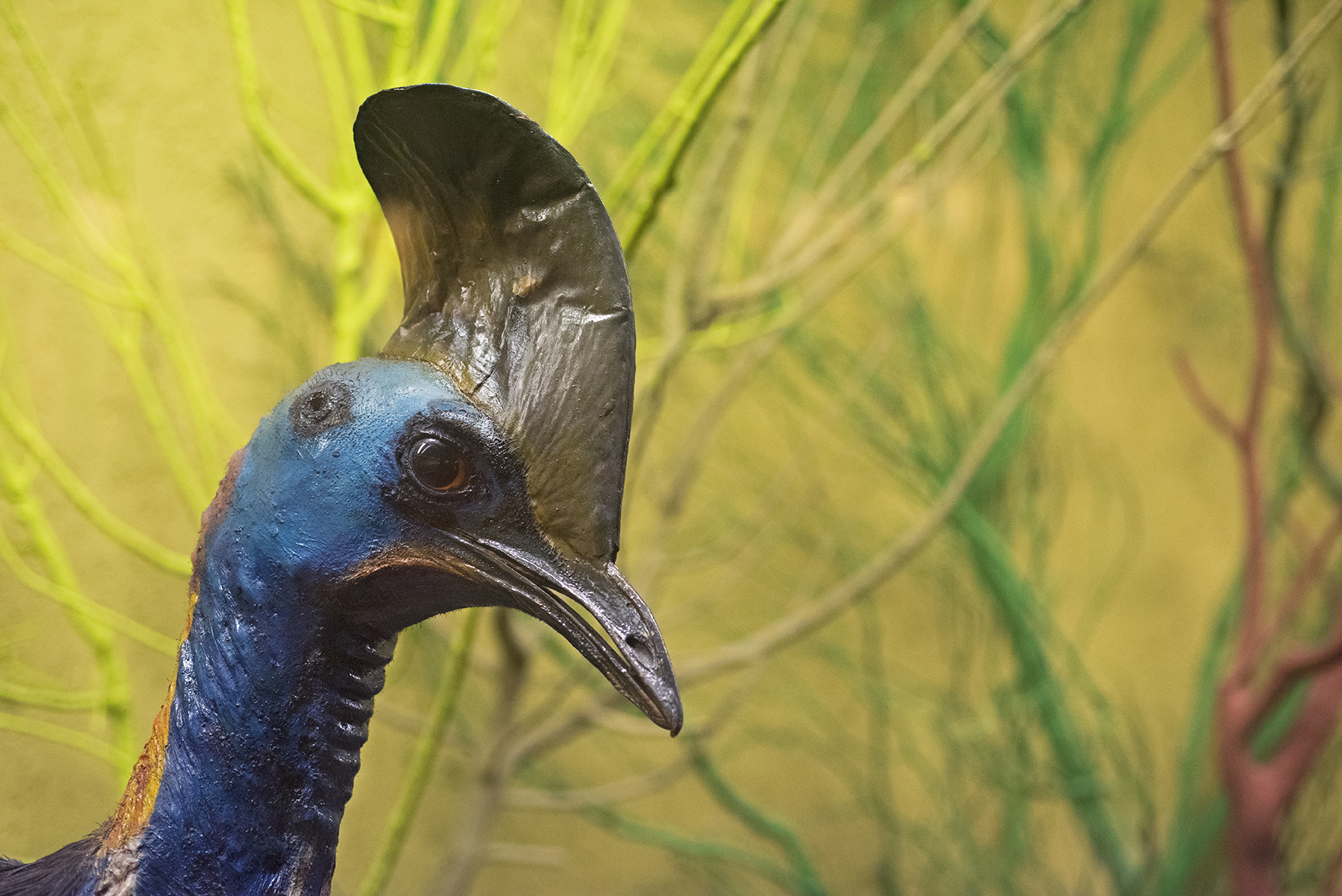
Click here to view image
Sperm whale teeth necklace
Enrico A. D'Albertis 1932
Fiji Islands, second half of 19th century
XIX - 1851 - 1900
C.D.A.1083
Tipo di misura: altezzaxlunghezza; Unità di misura: cm; Valore: 13x35
Fiji
La struttura della collana è costituita da un fascio di fibre vegetali intrecciate e da denti di capodoglio tagliati longitudinalmente e poi lavorati.
Funzione rituale e ornamentale
Ornament of great value worn by chiefs and men of rank, not only in Fiji but also in Tonga and Samoa. The necklace consists of a bundle of woven plant fiber cords into which twenty-two teeth of a sperm whale (Physeter macrocephalus) polished into the shape of tusks are threaded through the through holes. Each tooth is locked in place and spaced from the next by a knot of plant fiber. Like other ornaments made from cetacean teeth, wāsekaseka or wāseisei necklaces were intended for chiefs and men of rank in Fiji. Production of this ornamentation developed in Tonga in the early 19th century, probably due to the introduction of metal tools and an increase in the supply of sperm whale teeth: ivory was imported and no longer came only from stranded specimens. Sperm whale ivory replaced the less refined vuasagal necklaces of the earlier period, which were made from the teeth of other cetaceans, such as the pilot whale (Globicephala macrorhyncus) or the pseudorca (Pseudorca crassidens).


